Search
Search Results
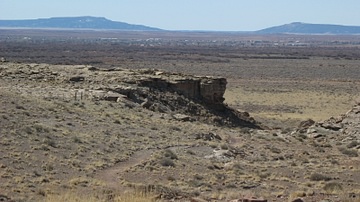
Definition
Homolovi
Homolovi or Homolovi State Park (formerly: Homolovi Ruins State Park) is a cluster of archaeological sites that contains the ruins of eight pre-Columbian Ancestral Puebloan (Anasazi) and Hopi pueblos in addition to some 300 other remains...
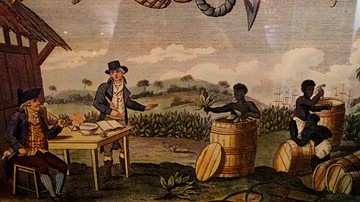
Article
Tobacco & Colonial American Economy
The most important cash crop in Colonial America was tobacco, first cultivated by the English at their Jamestown Colony of Virginia in 1610 CE by the merchant John Rolfe (l. 1585-1622 CE). Tobacco grew in the wild prior to this time and was...

Article
The Spread of Islam in Ancient Africa
Following the conquest of North Africa by Muslim Arabs in the 7th century CE, Islam spread throughout West Africa via merchants, traders, scholars, and missionaries, that is largely through peaceful means whereby African rulers either tolerated...

Video
Native Tobacco - Traditional Uses of Tobacco as a Sacred Medicine
Tobacco is considered the most sacred of the Indigenous sacred medicines, used in virtually every ceremony as a means of connecting directly to the Creator. Native tobacco is used in ceremonies such as pipe ceremonies, non-smoke offerings...

Book Review
Remapping Sovereignty: Decolonization and Self-Determination in North American Indigenous Political Thought
In Remapping Sovereignty, David Temin discusses how Native American writers, thinkers, and activists have posited alternatives to sovereignty as the primary form of modern political organization. Arguing that sovereignty conceals destructive...

Definition
Greek Colonization
From around 800 BCE, ancient Greek city-states, most of which were maritime powers, began to look beyond Greece for land and resources. As a consequence, they founded colonies across the Mediterranean. Trade was usually the first step in...
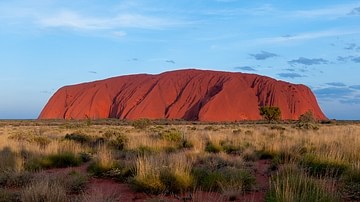
Definition
Uluru
Uluru (also known as Ayers Rock and pronounced: ool-or-roo) is a large natural sandstone rock formation located in the Northern Territory of Australia. It stands at a massive 348 meters tall and measures a lengthy 9.4 km in width. The sandstone...
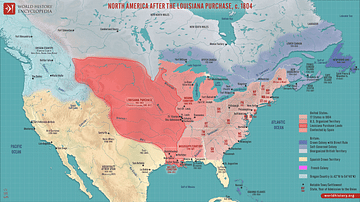
Image
Map of the Louisiana Purchase
This map illustrates the geo-political situation in North America after The Louisiana Purchase - the 1803 acquisition by the United States of 828,000 square miles (2,144,000 square km) of French territory west of the Mississippi River. By...

Definition
Spanish Main
The Spanish Main refers, in its widest sense, to the Spanish Empire in the Americas from Florida in the north to the northern coast of Brazil in the south, including the Caribbean. The term was initially more limited and referred only to...
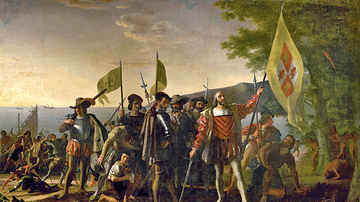
Definition
Adelantado
Adelantado was an office awarded by the Spanish Crown to conduct military campaigns in the medieval period but then repurposed during the Age of Exploration to grant an individual the right to privately fund expeditions of discovery and conquest...